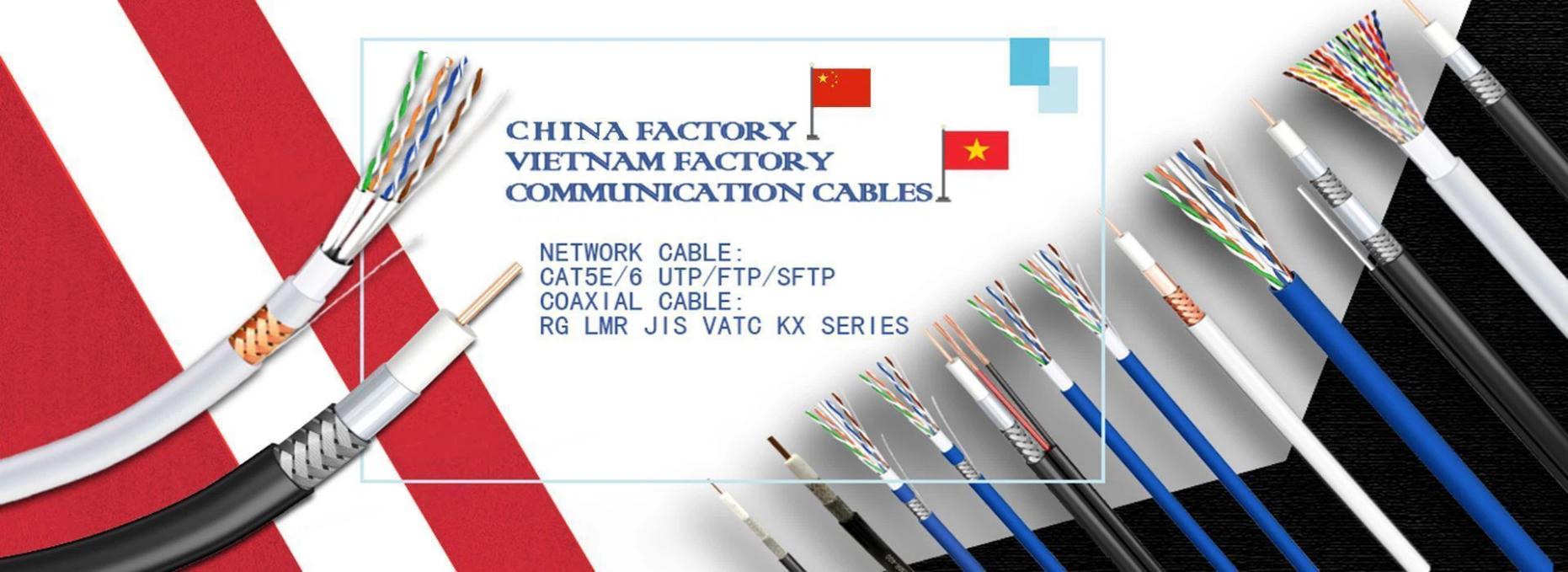What Is The Difference Between Overhead Lines And Power Cable Lines?
Overhead lines: They are usually uninsulated, bare metal conductors set in the air with an insulator string fixed to a tower to insulate the air. The disadvantage is to occupy more land resources.
Overhead transmission line routing tower, wire, insulator, etc., erected above the ground.
Wires are made of conductive metal with a thick enough cross section (to maintain proper flow density) and a greater radius of curvature (to reduce corona discharge). Uhv transmission adopts split line transmission. An overhead grounding (also called a lightning conductor) is located above a transmission line to protect the line from lightning. Important transmission lines usually use two overhead ground lines. The insulator string is made of single suspension (or rod type) insulators in series to meet the requirements of insulation strength and mechanical strength. The number of insulators per string is determined by the transmission voltage class.
Overhead lines are more convenient to set up and maintain and cost less. Overhead transmission lines should be designed to be affected by temperature changes, strong storms, lightning, rain, ice, flood, wet fog and other natural conditions. The path through the overhead transmission line also has sufficient ground width and corridor clearance.
The transmission capacity of a transmission line is the maximum transmission power determined by taking technology, economy and other factors into consideration. The conveying capacity is roughly proportional to the square of the conveying voltage. Therefore, increasing transmission voltage is the main technical means to achieve large capacity or long distance transmission, and also the main symbol of the development of transmission technology. At present, the overhead line is widely used as the most important transmission mode at home and abroad (including European and American developed countries).
Power cable: the use of dielectric insulation and laid on the ground or underground. Its main advantages are that laying is more convenient, occupying less land, and does not affect the city. The disadvantage is the high cost. In terms of safety, current lines believe that due to material and manufacturing process and other reasons, the safety of overhead lines is better than power cables, and the failure rate is much lower than power cables. In addition, there is a "pipe insulation bus", which acts as an insulating medium between the conductor and the metal housing filled with SF6 gas (or other). Pay a higher price.
Power cables are generally made of wires, insulation and protective layers of single, double and triple core cables.
An area, such as an urban area or a special section, where overhead lines are erected. At present, cable transmission is mainly from the perspective of urban landscape and line safety. However, the detection time and maintenance time of cable line faults are very long, which has a serious impact on the reliable operation of power grid and normal power consumption of users. Therefore, in the construction of power grid, it is impossible to replace all overhead lines with cable lines.
